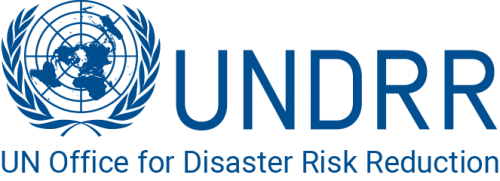This publication posits that effective communication of disaster threats to decision makers and at-risk communities is a growing challenge in a people-centred approach to disaster risk reduction. Traditional communication approaches tend to involve either top-down risk management practices or bottom-up community health and education practices.
Key findings from the publication includes:
- It is important for technical specialists to appreciate that communication is a process, not a product, of long-term strategic thinking
- Communication interventions are not an ‘end game’ of disaster reduction efforts but rather a ‘golden thread’ woven through the prevention, preparedness, response, and recovery phases of the disaster ‘spiral’
- Understanding the nature of the target audience, specifically the at-risk public, requires a reframing, and even a reimagination, of our collective (technical and lay) knowledge of hazard, vulnerability and risk
You can download the full file here.


